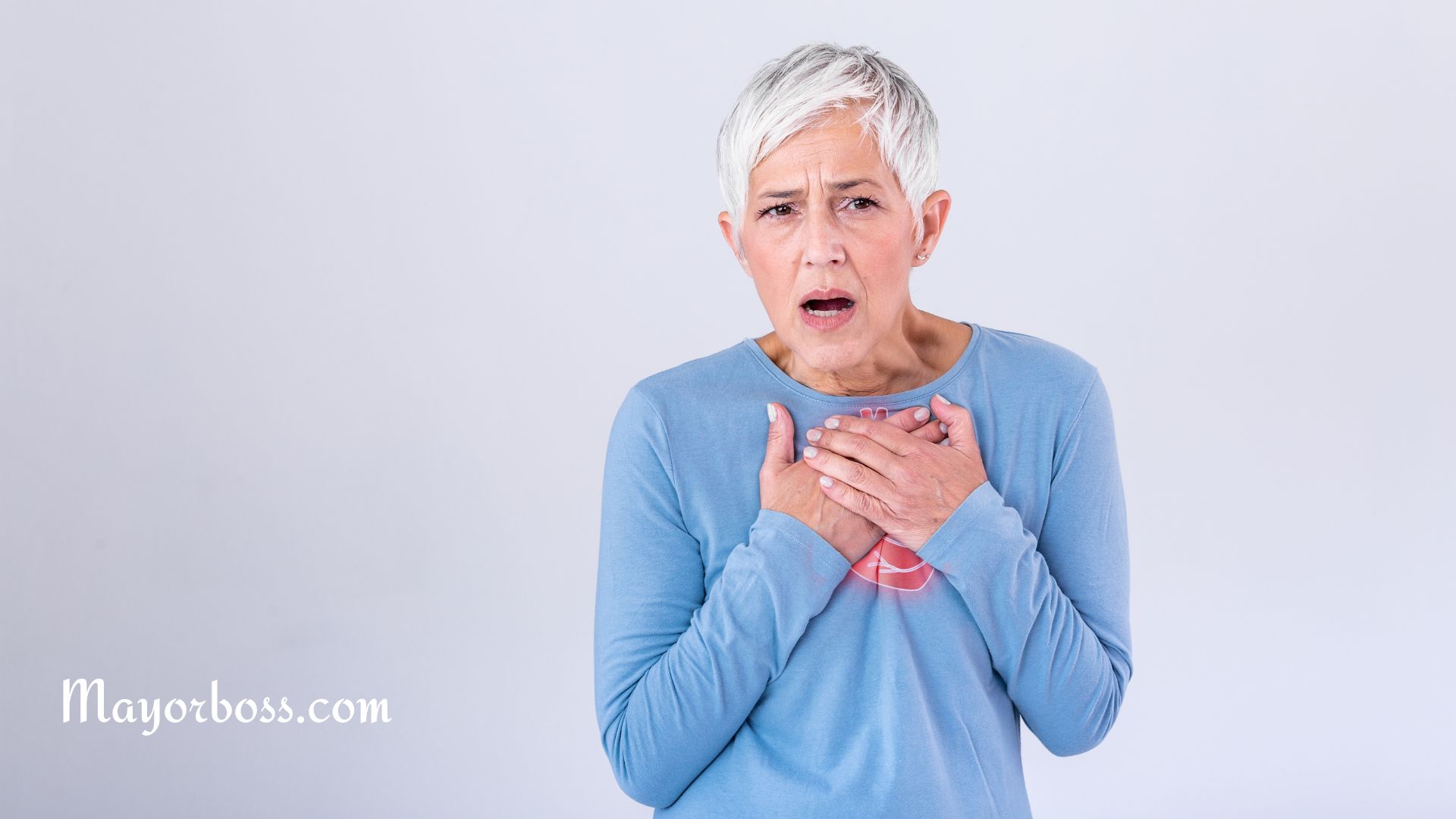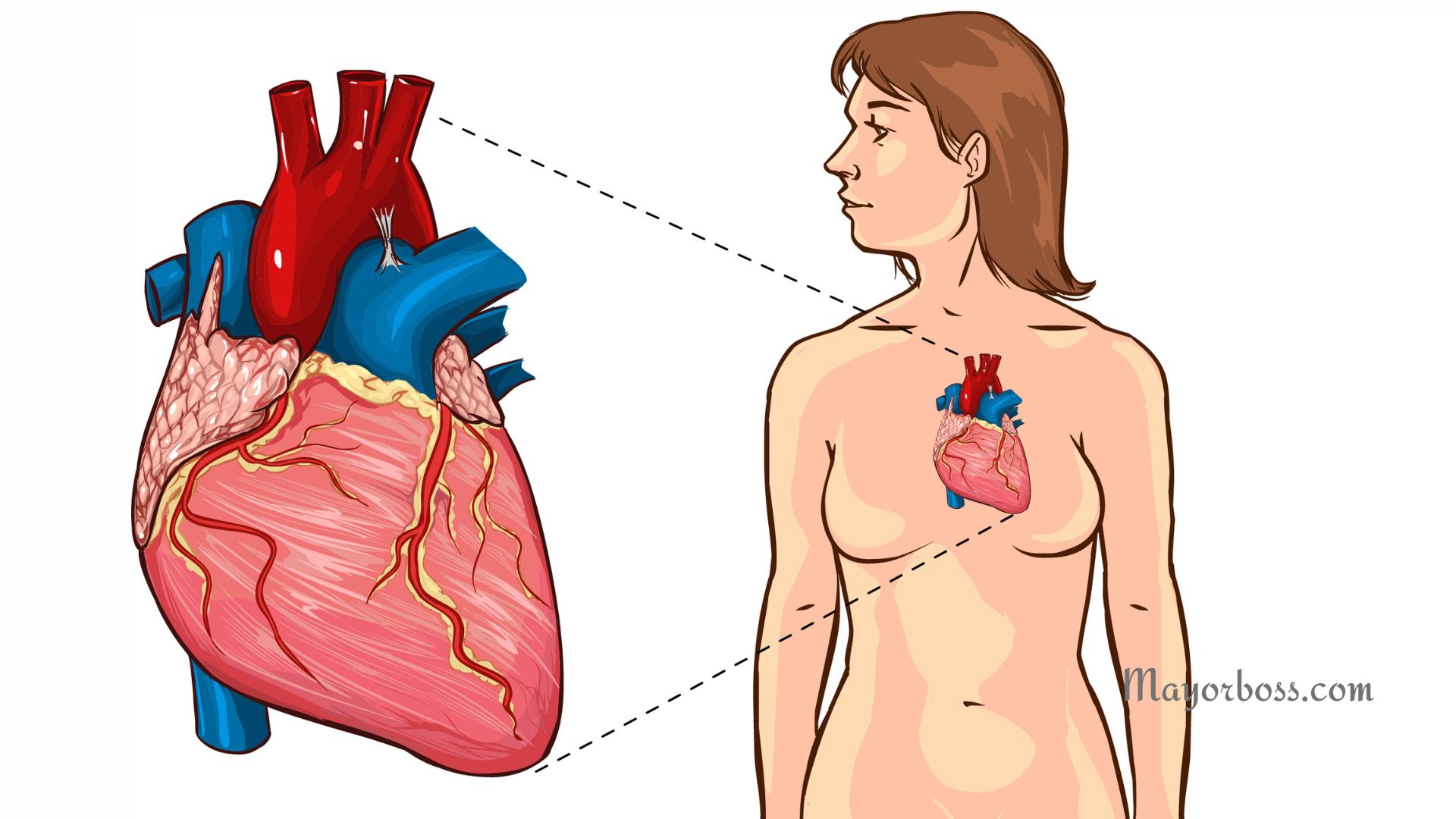Stroke
What is Stroke?
A stroke is another name for a cerebrovascular accident (CVA), which involves the interruption of the blood supply to your brain. Within minutes, brain cells start to die. This can lead to lasting damage, disability, or even death. In fact, It’s a serious medical condition that needs immediate attention.
What are the Types of Stroke?
Just as with heart disease, there are several different types of strokes. Understanding the different types can help you better manage and prevent strokes in your life. The two main primary categories of stroke are ischemic and hemorrhagic.
Ischemic Stroke
Ischemic strokes are the most common type. They occur when a blood clot, or thrombus, blocks the blood flow to part of your brain. This can happen in two ways:
- Thrombotic stroke: This type of stroke occurs when a blood clot forms in one of the arteries that supply blood to your brain.
- Embolic stroke: a type of stroke that happens when a blood clot or plaque debris forms somewhere else in your body, often in your heart. This clot or plaque debris then gets carried along with your blood as it circulates around your body. When it gets to your brain, the blood vessels are smaller, so the clot or plaque debris gets stuck there. This blockage stops the blood flow, which can damage your brain because it’s not getting the oxygen it needs.
Hemorrhagic Stroke
Hemorrhagic strokes are less common but more deadly. They occur when a blood vessel in your brain ruptures or leaks. There are two types of hemorrhagic strokes:
- Intracerebral stroke: This stroke happens when a blood vessel inside your brain breaks and bleeds. The leaked blood damages the brain cells around it. High blood pressure, overuse of anticoagulants and antiplatelet medications, and trauma are some causes.
- Subarachnoid stroke: This type of stroke involves bleeding in the area between the brain and the surrounding membrane, often due to a ruptured aneurysm.
Transient Ischemic Attack (TIA)
Also known as a “mini-stroke,” a TIA is triggered by a temporary clot that briefly interrupts blood flow to the brain. Although the symptoms of a TIA are short-lived and do not cause permanent damage, they are a grave warning sign of a possible stroke and must not be overlooked.
What Causes Stroke?
Like heart disease, the causes of stroke vary depending on the type. The most common causes include high blood pressure, smoking, diabetes, high cholesterol, and heart disease. Other factors can increase your risk of stroke, such as:
- Family history and genetics
- Age (your risk increases as you get older)
- Gender (some risk factors are more common in women than in men)
- Race (certain racial and ethnic groups have a higher risk)
- Lifestyle choices, including poor diet, lack of physical activity, obesity, excessive alcohol consumption, and illegal drug use
Who is More Likely to Develop a Stroke?
There are several risk factors for stroke that you should be aware of. Some can be controlled or treated, while others, like age and genetics, cannot. Here are some of the most common risk factors for stroke:
- High blood pressure
- Smoking
- Diabetes
- High cholesterol
- Cardiovascular disease, including heart failure, a previous heart attack, or irregular heartbeat
- Personal or family history of stroke
- Age, especially if you’re over 55
- Race (African-Americans are at higher risk)
- Gender (Men have a higher risk of stroke, but women are more likely to die from one)
- Certain medications or hormone therapies
- Alcohol and drug abuse
What are the Symptoms of Stroke?
Stroke symptoms usually come on suddenly and should never be ignored. Even if the symptoms disappear quickly, you should get medical help immediately. The main symptoms can be remembered with the acronym FAST:
- Face: One side of the face may droop, and you may not be able to smile.
- Arms: You may not be able to lift both arms due to weakness or numbness in one arm.
- Speech: Your speech may be slurred or strange.
- Time: If you observe any of these signs, it’s time to call emergency services.
Other possible symptoms include confusion, dizziness, severe headache, loss of balance, and problems with vision.
How is Stroke Diagnosed?
When you reach the hospital, your healthcare provider will need to act quickly. To diagnose a stroke, they will:
- Ask about your medical history, including symptoms and risk factors
- Conduct a physical examination
- Order urgent blood tests
In most cases, you’ll also have a brain scan to determine the type of stroke. These may include a CT (computed tomography) scan or an MRI (magnetic resonance imaging).
What are the Treatments for Stroke?
Treatment for stroke depends on whether it’s an ischemic stroke or a hemorrhagic stroke.
Ischemic Stroke
The first line of treatment for ischemic stroke is usually medication to break down clots and restore blood flow to the brain. In some cases, a procedure may be required to directly remove the clot.
Hemorrhagic Stroke
For a hemorrhagic stroke, treatment often involves surgery to control the bleeding and reduce the pressure on the brain. Medications may also be given to control blood pressure and prevent seizures.
Can Strokes Be Prevented?
You may be able to lower your risk of stroke by making certain lifestyle changes:
- Eating a balanced diet: Limit sodium and consume plenty of fruits, vegetables, and whole grains.
- Regular physical activity: Try to do at least 150 minutes (2.5 hours) of medium-intensity workouts or 75 minutes (1.25 hours) of high-intensity workouts every week.
- Limiting alcohol: Stick to moderate drinking — up to one drink a day for women and two for men.
- Avoid smoking: Nicotine raises your blood pressure, and carbon monoxide damages your cardiovascular system.
Also, if you have high blood pressure, high cholesterol, diabetes, or cardiovascular disease, managing those conditions can also help to reduce your risk of stroke.
In summary, strokes are serious and life-threatening conditions, but recognizing the signs and receiving prompt treatment can significantly improve your outcome. Remember, when it comes to stroke, every second counts. If you or someone else shows signs of a stroke, call emergency services immediately.






